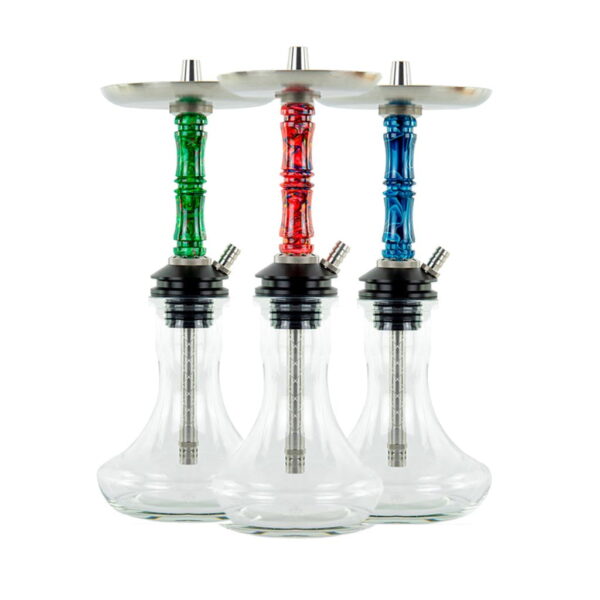How to Eat Mindfully and Lose Weight
In today’s fast-paced world, we often find ourselves eating while watching TV, scrolling on our phones, or working at our desks. This distracted eating not only robs us of the pleasure of food but also leads to overeating and unwanted weight gain. According to famous dietitians in India, mindful eating can be a powerful tool for sustainable weight loss without the need for restrictive diets.
What Is Mindful Eating?
Mindful eating is the practice of being fully present while eating. It involves paying attention to the colors, smells, textures, and flavors of your food. More importantly, it means listening to your body’s hunger and fullness cues rather than eating out of habit or emotion.
How Mindful Eating Helps with Weight Loss
When you eat mindfully, you’re more likely to notice when you’re full, preventing overeating. You’re also more likely to choose healthier foods because you’re tuned into how different foods make your body feel. Unlike crash diets, mindful eating encourages a healthy relationship with food, promoting long-term weight management.
Simple Tips to Start Eating Mindfully
- Eat Without Distractions: Turn off the TV, put away your phone, and sit at a table when eating. Focus only on your food and the act of eating.
- Take Small Bites and Chew Thoroughly: Chew each bite at least 20–30 times. This slows you down and improves digestion.
- Use All Your Senses: Appreciate the aroma, look, and taste of your food. This enhances the eating experience and reduces the urge to binge.
- Pause Between Bites: Put your fork down between bites. This gives your brain time to catch up with your stomach and recognize fullness.
- Listen to Your Body: Eat when you’re hungry, and stop when you’re about 80% full. It takes time for fullness signals to reach your brain.
- Eat with Gratitude: Acknowledge your food—where it came from and how it nourishes your body.
Mindful Eating and Emotional Triggers
Often, we eat not because we’re hungry but because we’re stressed, bored, or upset. Mindful eating teaches you to identify these emotional triggers and respond with healthier habits like going for a walk or journaling.
Mindful Eating vs. Dieting
Unlike traditional diets, mindful eating doesn’t involve calorie counting, food restrictions, or rigid rules. It’s a more compassionate approach that fosters awareness and balance.
Example of a Mindful Meal Routine
- Breakfast: Sit down with a bowl of oatmeal topped with fresh fruits and nuts. Focus on each bite, notice the textures, and chew slowly.
- Lunch: Eat a colorful salad with varied vegetables and a protein source like tofu or grilled chicken. Pay attention to each ingredient.
- Dinner: Enjoy a warm bowl of lentil soup and chapati. Eat slowly, put down your spoon between bites, and savor the warmth.
- Snacks: Choose fruit, nuts, or yogurt. Avoid mindless snacking while working or watching screens.
The Long-Term Benefits
Practicing mindful eating regularly can:
- Improve digestion
- Reduce stress-related eating
- Support sustainable weight loss
- Build a healthier relationship with food
What Is Mindful Eating?
Mindful eating is the practice of being fully present while eating. It involves paying attention to the colors, smells, textures, and flavors of your food. More importantly, it means listening to your body’s hunger and fullness cues rather than eating out of habit or emotion.
How Mindful Eating Helps with Weight Loss
When you eat mindfully, you’re more likely to notice when you’re full, preventing overeating. You’re also more likely to choose healthier foods because you’re tuned into how different foods make your body feel. Unlike crash diets, mindful eating encourages a healthy relationship with food, promoting long-term weight management.
Simple Tips to Start Eating Mindfully
- Eat Without Distractions: Turn off the TV, put away your phone, and sit at a table when eating. Focus only on your food and the act of eating.
- Take Small Bites and Chew Thoroughly: Chew each bite at least 20–30 times. This slows you down and improves digestion.
- Use All Your Senses: Appreciate the aroma, look, and taste of your food. This enhances the eating experience and reduces the urge to binge.
- Pause Between Bites: Put your fork down between bites. This gives your brain time to catch up with your stomach and recognize fullness.
- Listen to Your Body: Eat when you’re hungry, and stop when you’re about 80% full. It takes time for fullness signals to reach your brain.
- Eat with Gratitude: Acknowledge your food—where it came from and how it nourishes your body.
Mindful Eating and Emotional Triggers
Often, we eat not because we’re hungry but because we’re stressed, bored, or upset. Mindful eating teaches you to identify these emotional triggers and respond with healthier habits like going for a walk or journaling.
Mindful Eating vs. Dieting
Unlike traditional diets, mindful eating doesn’t involve calorie counting, food restrictions, or rigid rules. It’s a more compassionate approach that fosters awareness and balance.
Example of a Mindful Meal Routine
- Breakfast: Sit down with a bowl of oatmeal topped with fresh fruits and nuts. Focus on each bite, notice the textures, and chew slowly.
- Lunch: Eat a colorful salad with varied vegetables and a protein source like tofu or grilled chicken. Pay attention to each ingredient.
- Dinner: Enjoy a warm bowl of lentil soup and chapati. Eat slowly, put down your spoon between bites, and savor the warmth.
- Snacks: Choose fruit, nuts, or yogurt. Avoid mindless snacking while working or watching screens.
The Long-Term Benefits
Practicing mindful eating regularly can:
- Improve digestion
- Reduce stress-related eating
- Support sustainable weight loss
- Build a healthier relationship with food
Final Thoughts
Weight loss doesn’t always require cutting carbs or following the latest fad. Sometimes, it just requires us to slow down and listen to our bodies. As many famous dietitians in India advocate, mindful eating is not just about what you eat—but how you eat. When practiced consistently, it becomes a lifestyle change that leads to lasting health and wellness.













